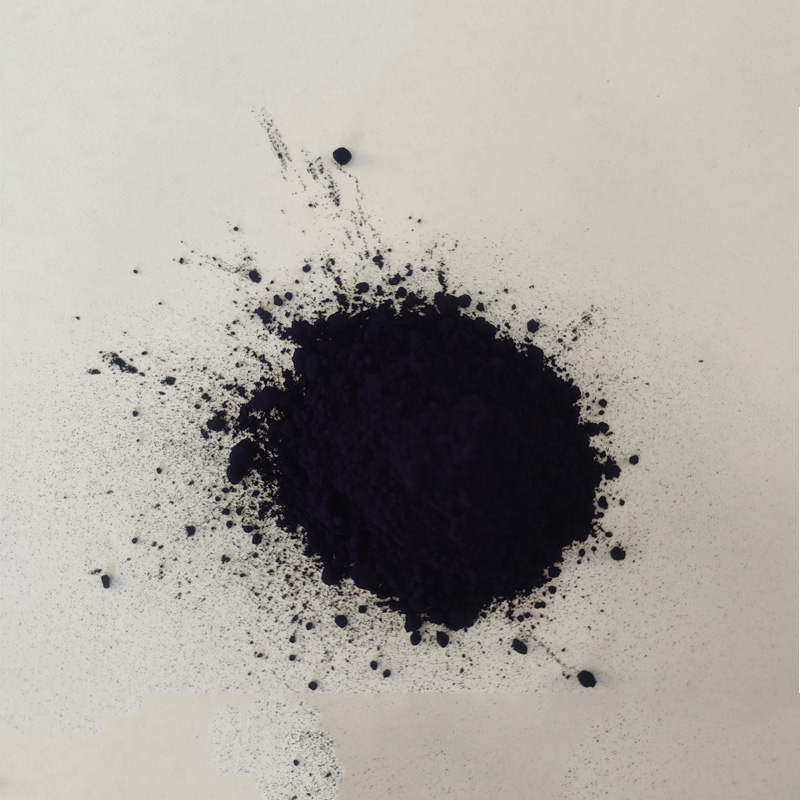Explore the Rich Tradition of Chinese Indigo Blue Cotton Fabric and Its Unique Craftsmanship
Exploring the Rich Legacy of China Indigo Blue Cotton Fabric
In the vast tapestry of textile history, few fabrics evoke the same sense of cultural heritage and artistic ingenuity as indigo blue cotton fabric from China. Renowned for its vibrant hues and intricate patterns, this material has woven itself into the very fabric of Chinese society, serving not just as clothing, but as a symbol of tradition, craftsmanship, and regional identity.
Indigo dyeing has a history in China that dates back thousands of years. The process itself is a marvel of both chemistry and art. Traditionally, the dye is derived from the leaves of the indigo plant, which undergoes a fermentation process to produce the vivid blue pigment. This age-old technique highlights the blend of nature and human creativity, resulting in a color that has captivated artisans and consumers alike across generations.
Exploring the Rich Legacy of China Indigo Blue Cotton Fabric
The craft of indigo dyeing and cotton weaving is a skill honed over centuries, often passed down through generations. This traditional craft has become an important source of livelihood for many artisans in regions like Jiangxi, Fujian, and Sichuan provinces. Many families pride themselves on their heritage, creating textiles that carry stories and cultural significance. The intricate patterns and designs unique to each region not only showcase the artistic flair of the artisans but also reflect local histories and social narratives.
china indigo blue cotton fabric

Moreover, the resurgence of interest in sustainable fashion has given indigo blue cotton fabric a new lease on life. As the world becomes increasingly aware of environmental issues, the demand for natural dyes and organic materials has soared. Indigo dyeing, particularly when done using traditional methods, aligns perfectly with a growing trend towards eco-friendly practices. By harnessing plants and natural materials, artisans are finding new ways to connect with both their craft and a more conscious consumer base.
In recent years, the popularity of this fabric has extended beyond local borders, reaching international markets. Designers and fashion enthusiasts around the globe have begun to appreciate the uniqueness and beauty of Chinese indigo fabrics. This burgeoning interest has led to a revival of traditional techniques and stimulated the growth of small-scale cottage industries. Many artisans are now able to reach consumers directly through online platforms, showcasing their work and ensuring that traditional knowledge and techniques remain alive and thriving.
However, challenges remain. The modernization of production methods and the increasing dominance of mass-produced textiles pose threats to artisanal methods and the livelihoods of skilled workers. There is a delicate balance to be maintained between preserving traditional practices and adapting to modern demands. Consumers play a critical role in this, as their choices can influence the future of these traditional crafts. Supporting handmade, locally produced indigo blue cotton fabrics not only promotes the artistry of individual artisans but also helps sustain the cultural heritage that these textiles represent.
In conclusion, China indigo blue cotton fabric is more than just a textile; it's a story of culture, tradition, and resilience. This fabric encapsulates a rich legacy, reflecting the skills of generations of artisans and the beauty of sustainable practices. As the world embraces both heritage and innovation, the journey of indigo blue cotton fabric continues to unfold, promising to inspire future generations while honoring the past. By celebrating and supporting this exquisite craft, we contribute to preserving a vibrant component of global textile history.
-
The Timeless Art of Denim Indigo Dye
NewsJul.01,2025
-
The Rise of Sulfur Dyed Denim
NewsJul.01,2025
-
The Rich Revival of the Best Indigo Dye
NewsJul.01,2025
-
The Enduring Strength of Sulphur Black
NewsJul.01,2025
-
The Ancient Art of Chinese Indigo Dye
NewsJul.01,2025
-
Industry Power of Indigo
NewsJul.01,2025
-
Black Sulfur is Leading the Next Wave
NewsJul.01,2025

Sulphur Black
1.Name: sulphur black; Sulfur Black; Sulphur Black 1;
2.Structure formula:
3.Molecule formula: C6H4N2O5
4.CAS No.: 1326-82-5
5.HS code: 32041911
6.Product specification:Appearance:black phosphorus flakes; black liquid

Bromo Indigo; Vat Bromo-Indigo; C.I.Vat Blue 5
1.Name: Bromo indigo; Vat bromo-indigo; C.I.Vat blue 5;
2.Structure formula:
3.Molecule formula: C16H6Br4N2O2
4.CAS No.: 2475-31-2
5.HS code: 3204151000 6.Major usage and instruction: Be mainly used to dye cotton fabrics.

Indigo Blue Vat Blue
1.Name: indigo blue,vat blue 1,
2.Structure formula:
3.Molecule formula: C16H10N2O2
4.. CAS No.: 482-89-3
5.Molecule weight: 262.62
6.HS code: 3204151000
7.Major usage and instruction: Be mainly used to dye cotton fabrics.

